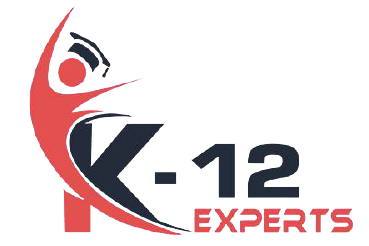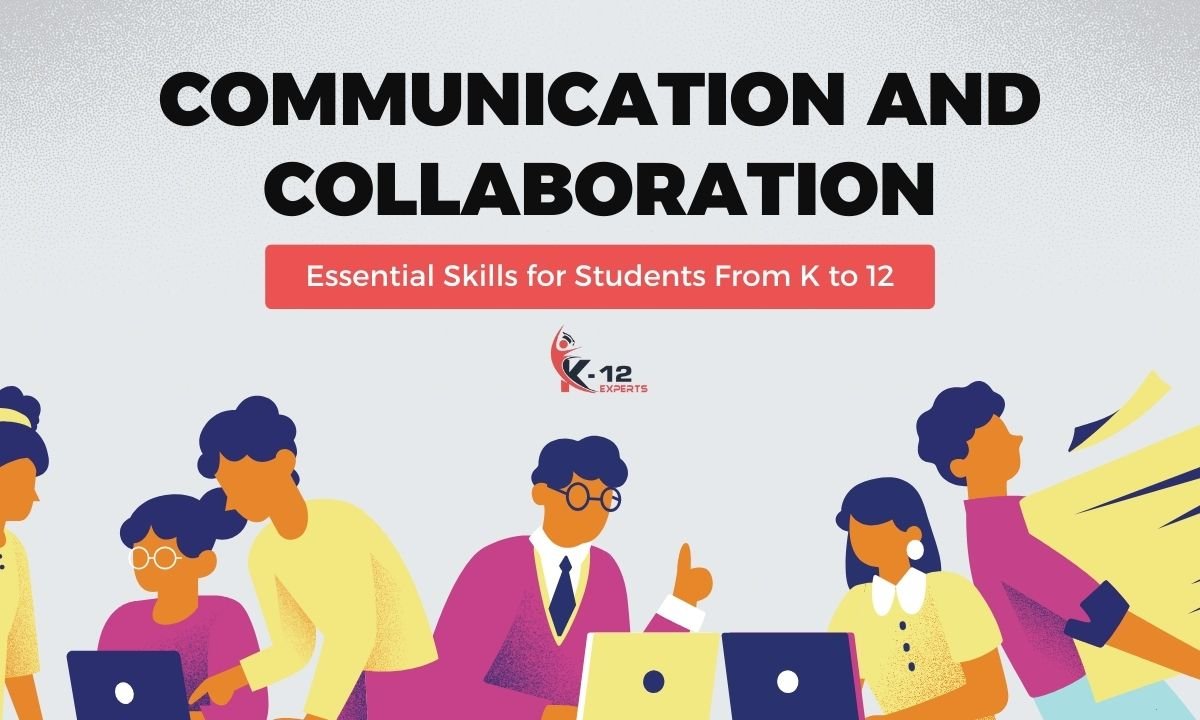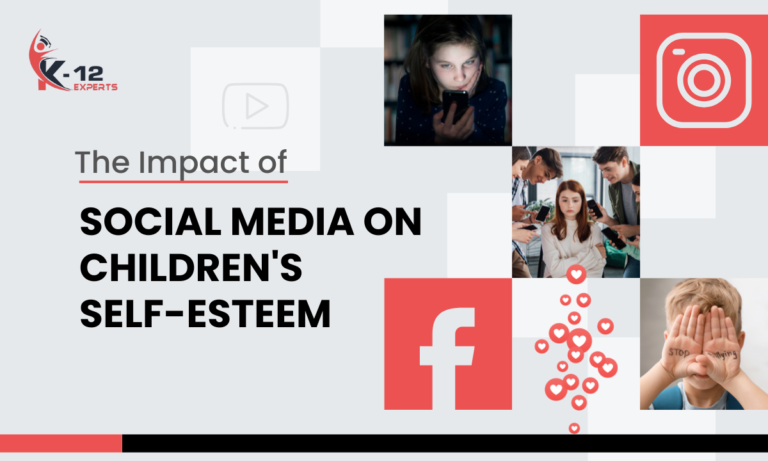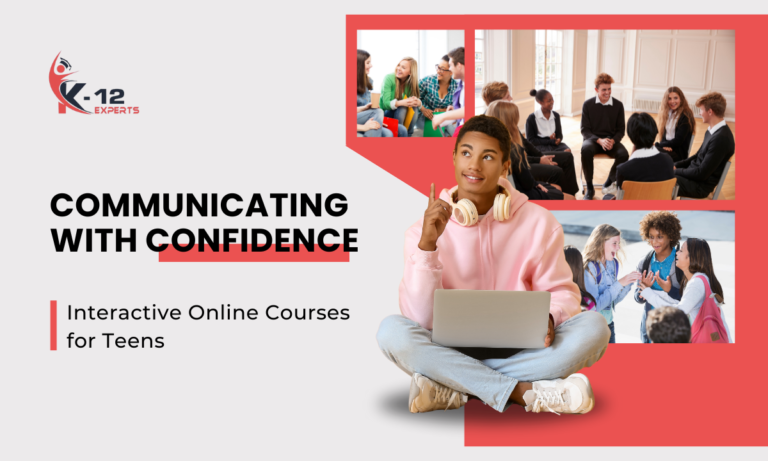You’re probably familiar with the scenario where a group of students is assigned a project, but it quickly falls apart due to poor communication and a lack of collaboration. For instance, consider a hypothetical case where a 9th-grade team is tasked with creating a multimedia presentation, but they struggle to coordinate their efforts, leading to a disjointed final product. As you explore the importance of communication and collaboration skills for students from K to 12, you’ll discover how these skills can make all the difference in academic and professional success – but what are the key strategies for developing them?
Building Strong Communication Skills
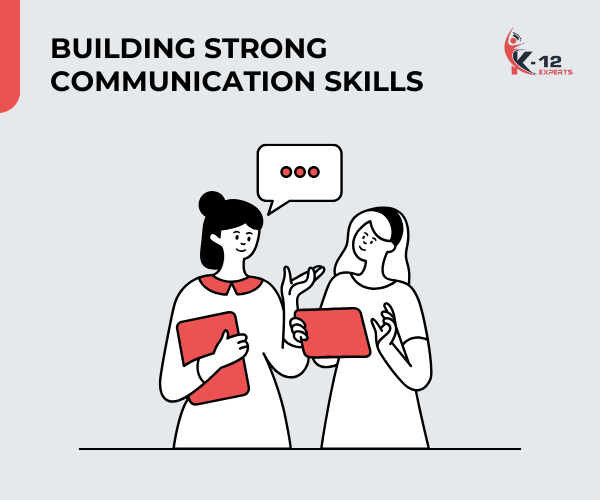
As you navigate academic and professional settings, developing strong communication skills is crucial for conveying your ideas effectively and building lasting relationships.
To achieve this, focus on verbal clarity by carefully choosing your words, tone, and pace. You want to guarantee your message is concise and easy to understand, avoiding confusion or misinterpretation.
Additionally, cultivate audience awareness by considering your listeners’ perspectives, needs, and expectations. Ask yourself: Who am I talking to? What do they care about? How can I tailor my message to engage and resonate with them?
Collaboration in the Classroom
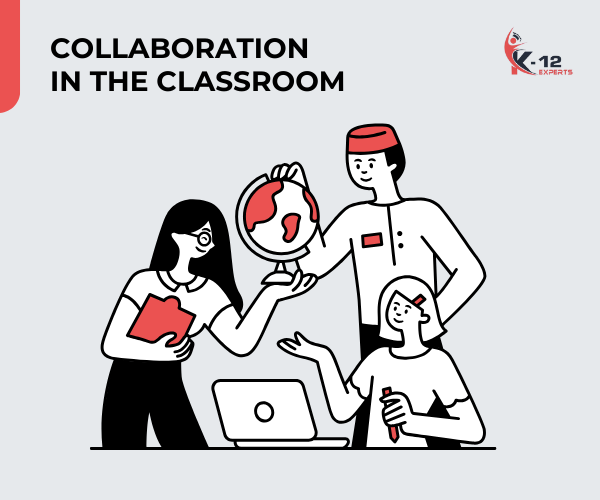
When working on group projects, you’ll encounter diverse perspectives and working styles, and learning to navigate these differences is key to successful collaboration in the classroom.
To achieve this, you’ll need to understand group dynamics and how to work effectively with others in a shared classroom environment.
Be open-minded and willing to listen to others’ ideas and opinions.
Respect differing viewpoints and work towards finding common ground.
Develop effective communication skills to avoid misunderstandings and clarify expectations.
Be adaptable and willing to adjust your approach when needed.
Establish clear roles and responsibilities to ensure everyone contributes to the project’s success.
Active Listening Strategies
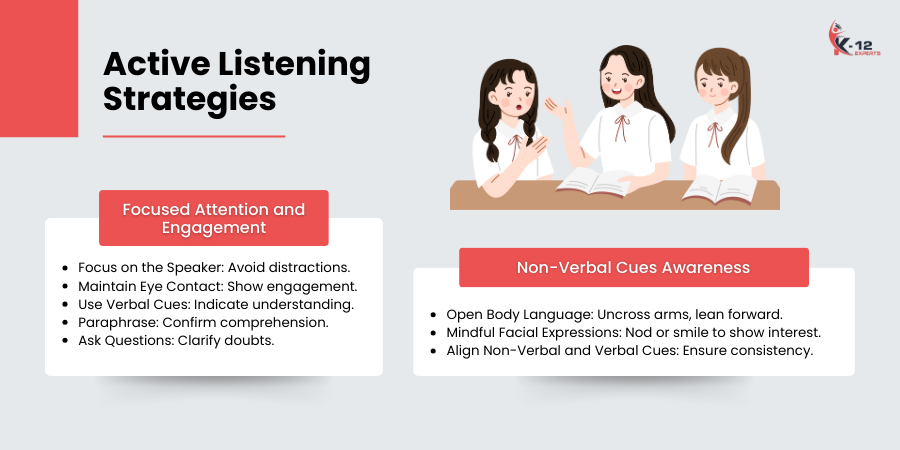
As a student, you can profoundly enhance your learning experience by implementing effective active listening strategies.
To start, focus on giving the speaker your undivided attention, avoiding distractions, and staying fully engaged – this is vital for absorbing and retaining information.
Focused Attention and Engagement
Developing focused attention and engagement through active listening strategies is crucial for you to absorb and retain the material being taught in class.
By doing so, you create a positive classroom atmosphere that fosters learning and promotes mindful participation.
To achieve this, try the following:
- Give the speaker your undivided attention, avoiding distractions like your phone or side conversations.
- Maintain eye contact with the speaker to show you’re engaged and interested.
- Use verbal cues like ‘I see’ or ‘uh-huh’ to indicate you’re following along.
- Paraphrase what the speaker says to confirm understanding and show you’re actively listening.
- Ask questions to clarify any doubts and demonstrate your engagement with the material.
Non-Verbal Cues Awareness
Your awareness of non-verbal cues, such as body language and facial expressions, plays a significant role in conveying your engagement and interest in the material being taught.
When you’re listening to your teacher or peer, make sure your body language is open and receptive. Maintain eye contact, uncross your arms, and lean forward slightly to show you’re engaged.
Your facial expressions also convey your interest. A nod or a smile can go a long way in showing you’re paying attention.
Be mindful of your non-verbal cues, as they can either reinforce or contradict your verbal messages. By being aware of your body language and facial expressions, you can guarantee you’re communicating effectively and respectfully and making a positive impression on those around you.
Effective Conflict Resolution
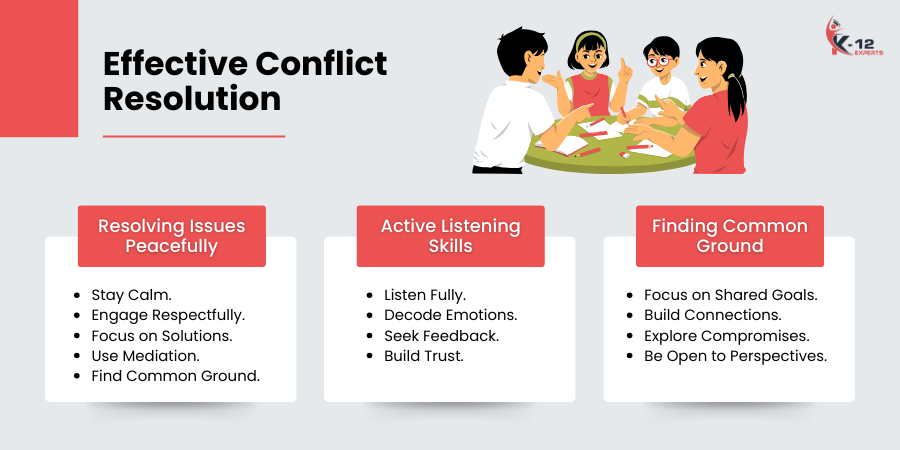
You’ll inevitably encounter disagreements and conflicts in your academic and personal life, so developing the skills to resolve issues peacefully is crucial.
To start, you’ll want to employ active listening skills, which will help you truly hear and understand the other person’s perspective, even if you don’t agree with it.
Resolving Issues Peacefully
Conflict resolution is a vital life skill that enables students to navigate disagreements and disputes in a constructive manner, fostering healthier relationships and a more positive school environment.
When resolving issues peacefully, you’ll want to approach the situation with a calm and level head.
To achieve this, follow these steps:
- Stay calm and composed, even in the face of disagreement
- Engage in respectful debate, listening to and considering the perspectives of others
- Focus on finding a mutually beneficial solution
- Use calm mediation to help resolve disputes between peers
- Seek common ground and try to understand the underlying concerns and needs of all parties involved
Active Listening Skills
Developing active listening skills is essential for effective conflict resolution, as it allows individuals to understand the concerns and needs of all parties involved fully.
When you actively listen, you hear more than words—you pay attention to tone, body language, and emotions.
This helps you decode the underlying message and respond thoughtfully.
Teacher feedback and peer feedback play a significant role in helping you develop this skill.
Your teachers can provide guidance on how to listen attentively, while your peers can offer constructive feedback on how you can improve.
By practicing active listening, you’ll become better equipped to manage conflicts and disputes in a constructive manner.
This, in turn, strengthens your relationships and builds trust with others.
Finding Common Ground
Finding common ground is a crucial step in resolving disputes effectively, as it enables individuals to look beyond their differences and focus on shared interests and goals.
When you’re in a conflict, you’re not just trying to ‘win’ – you’re trying to find a solution that works for everyone.
Focus on interests, not positions. Instead of insisting on a specific outcome, try to understand what the other person wants to achieve.
Seek out cultural bridges that connect you to the other person.
Look for areas of agreement and try to build on those.
Explore creative compromises that meet both parties’ needs.
Be willing to listen to and learn from the other person’s perspective.
Problem Solving in Teams
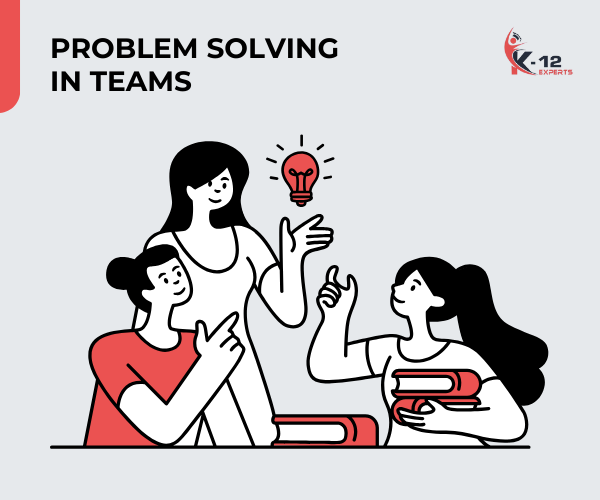
When working on group projects, you’ll inevitably encounter complex problems that require collaborative effort and creative thinking to solve.
To tackle these challenges, you’ll need to employ Design Thinking, a problem-solving approach that emphasizes empathy, experimentation, and iteration.
As you work through the design thinking process, you’ll also need to navigate Team Dynamics, which can either facilitate or hinder your progress.
By understanding your team’s strengths, weaknesses, and communication styles, you’ll be better equipped to manage conflicts and leverage individual skills to achieve your goals.
By combining design thinking with a deep understanding of team dynamics, you’ll become a powerful problem-solver who can drive innovation and success in any collaborative setting.
Effective collaboration isn’t just about achieving a shared goal; it’s also about growth and learning.
Fostering Open Communication
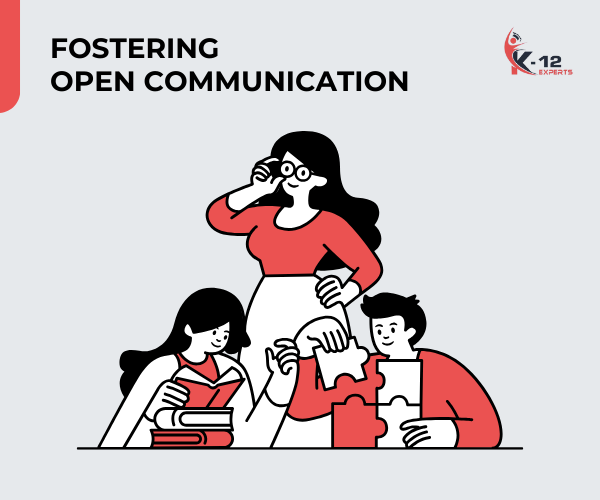
To build trust and promote collaboration, you must create an environment where team members feel comfortable sharing their thoughts, ideas, and concerns.
This starts with fostering open communication, which is vital for successful teamwork. By encouraging open dialogue, you guarantee that everyone’s voice is heard and valued.
To achieve this:
Encourage team members to speak up without fear of judgment
Set up regular feedback loops to track progress and address concerns
Foster a culture of active listening and empathy
Use clear and concise language to avoid misunderstandings
Address conflicts and issues promptly rather than letting them simmer
Developing Emotional Intelligence
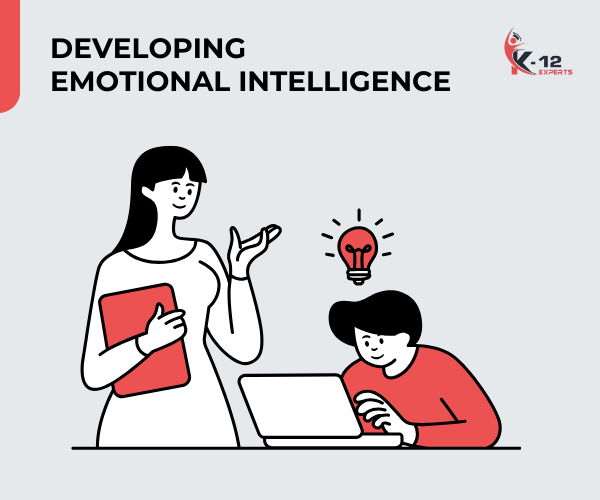
You’ll become a more effective team player by developing emotional intelligence, which involves understanding and managing your own emotions as well as empathizing with those of your teammates.
To achieve this, you’ll need to engage in self-awareness exercises that help you recognize and regulate your emotions. This can include practices like journaling, meditation, and seeking feedback from others.
Empathy development is also vital, as it allows you to understand and appreciate the perspectives of your teammates.
By actively listening to others, asking open-ended questions, and trying to see things from their point of view, you’ll become a more supportive and collaborative team member.
Technology for Collaborative Learning
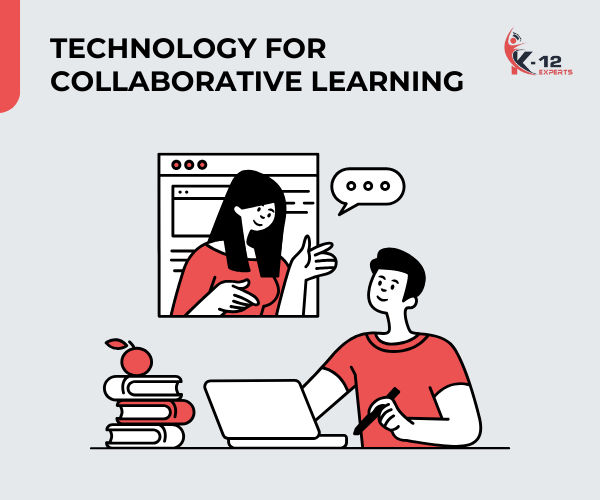
Technology can play a significant role in facilitating effective collaboration among students, and harnessing its power can enhance group work experiences.
With the right tools, you can take your collaborative learning to the next level.
Virtual Whiteboards can be used to brainstorm and share ideas in real time.
Digital mind maps can be created to organize and connect concepts visually.
Collaborative work on documents and projects can be done using cloud-based platforms.
Online discussions and debates can be engaged in through forums and discussion boards.
Video conferencing tools can be utilized to work with team members remotely.
Frequently Asked Questions
What Is the Role of Parents in Teaching Communication Skills to Students?
You play a crucial role in teaching your child communication skills through parental guidance and encouraging openness. By actively listening and fostering honest discussions, you’ll help them develop essential verbal and non-verbal cues.
Can Communication and Collaboration Skills Be Taught to Students With Special Needs?
You’re likely familiar with Helen Keller’s inspiring story – she learned to communicate despite being deaf and blind. Similarly, you can teach students with special needs communication and collaboration skills using inclusive instruction and an adapted curriculum.
How Do Cultural Differences Impact Communication and Collaboration in the Classroom?
You’ll encounter students from diverse backgrounds, so adopting a culturally sensitive approach is crucial to recognizing how cultural differences impact communication and collaboration. Be aware of cultural norms and nonverbal cues, like body language and tone of voice, to foster inclusive interactions.
What Are the Consequences of Poor Communication Skills on Academic Performance?
You’ll sink like a stone in a sea of academic struggles if you don’t master communication skills – poor communication can lead to lower grades, crippling social isolation, and a devastating impact on your academic performance.
How Can Students Apply Communication Skills Outside of the School Environment?
You can apply communication skills outside of school through community outreach programs, where you’ll practice public speaking, negotiate with team members, and adapt messages for diverse audiences, further developing your expressive and interpersonal skills.
Conclusion
The most successful teams, whether in school or in the professional world, share a common trait: seamless communication and collaboration.
It’s no coincidence that students who develop strong verbal clarity, active listening skills, and emotional intelligence excel in academics and beyond.
By mastering these essential skills, you’ll be well-equipped to thrive in an increasingly interconnected world, where effective collaboration is the key to accessing innovative solutions and achieving success.
